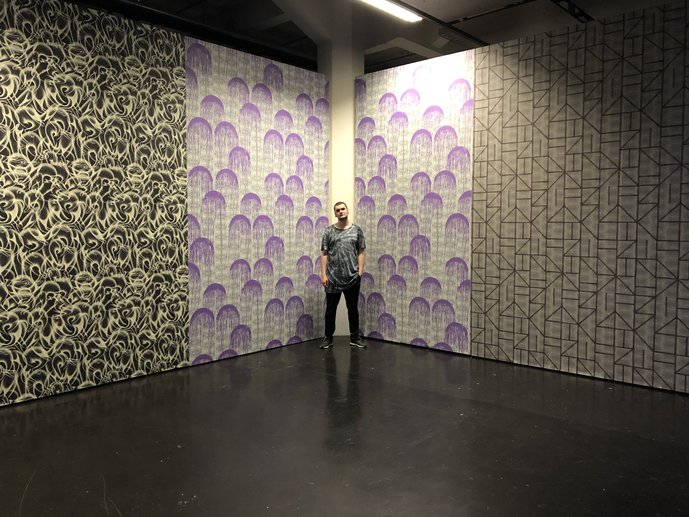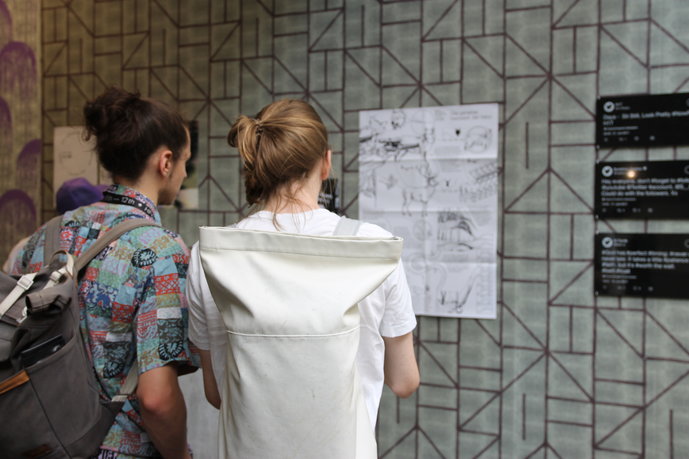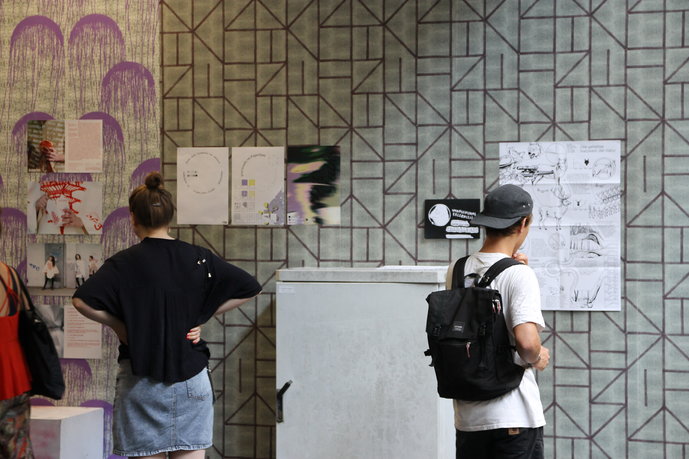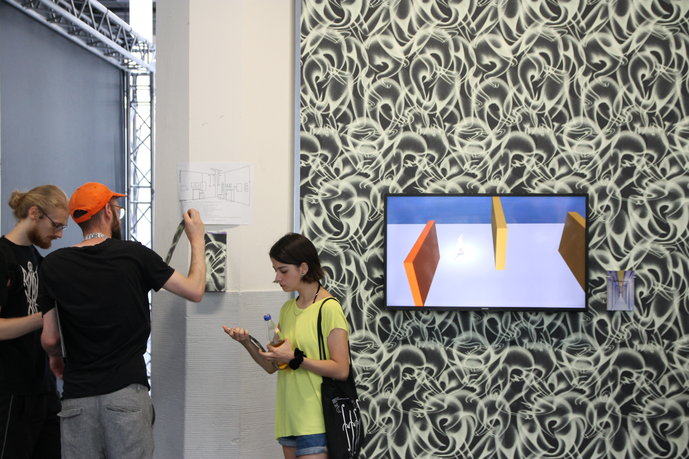

© Felix Köder


© Felix Köder


© Felix Köder


© Felix Köder
Often overlooked but always present: tags and throw-ups (graffiti) are visual stimuli from our everyday environment. Despite their omnipresence and often garish colours, they remain in the background and are subconsciously overlooked. They function as markers of territory - letter combinations that are aliases for names or groups, as well as political symbols or number combinations can be found. In addition to dates and alphabetical positions, these are also abbreviations for postal codes, i.e., territories in the supra-local sense. Compared to elaborately designed graffiti, tags follow a concept that works regardless of location. They must be rehearsed in advance so it can be applied quickly and impulsively. Often the recognition value of readability takes precedence.
Social opinion on tags and throw-ups is characterised by a highly negative image.
Through its frequent association with vandalism or wanton destruction, its potential aesthetic value is overlooked. Through imperfection, impulsive application, diverse combinations of “image carriers” and tools as well as various application techniques, an unimaginable multiplicity of exciting moments emerge.
In order to ascribe their value to these elements, they are detached from the publicly and externally designed context and brought into a more personal environment - in the form of wallpaper in the self-designed space. Both street tags and wallpaper use a variety of colours, using the background.
With the project unseen aesthetics, the illegal becomes legal, the other’s design becomes personal initiative, and the public becomes private.
Freed from word and their significance, and through the language of form and repetition, the wallpaper seems to behave in the same way as throw-ups on the street. It was important not to reproduce existing tags. The wallpapers are conceived as continuous rapport in accompaniment to this repetition. Three pieces of wallpaper were displayed in the exhibition, in which the visually characterised elements were re-arranged accordingly. The dripping of the thickly applied spray paint touches the withered distribution boxes, straight, accurate lines of a wide felt-tip pen on rusty metal surfaces, and different distances, angles and layers of the spray head create different thicknesses. During the presentation, the wallpaper was freely accessible to the public and with the use of a QR code, templates could be downloaded.
Supervision: Prof. Rebecca Stephany & Prof. Ivan Weiss und Prof. Michael Kryenbühl